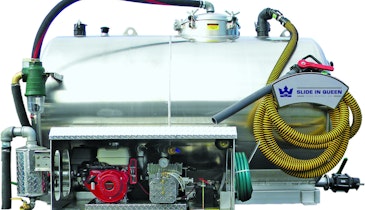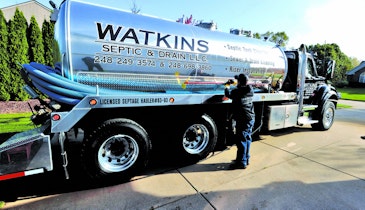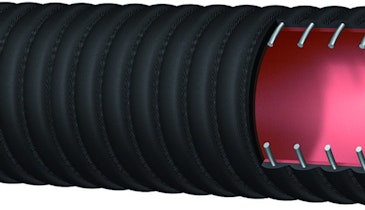Profitability in any business depends on keeping a handle on all your resources; knowing what needs to be done, how it’ll happen, who’s doing it, how they’ll get there and when they’ll be finished. When your business is pumping, that means maintaining a vibrant scheduling and routing protocol.
How pumpers handle scheduling and en route changes depends in large part on the size and structure of their businesses. The larger the company the more sophisticated the dispatching, while smaller firms tend to require less formal systems.
Not surprisingly, in an industry where business is fairly straightforward and transactions are still sealed with a handshake, many smaller operators show a reluctance to move to computerized scheduling and routing. The most common arguments against software are up-front costs, training time needed, and the fact that operators enjoy the flexibility of being able to make changes on the fly.
Others admit to having at least considered automating processes, if not for their own convenience in recordkeeping, then to accommodate official reporting requirements or to maintain a higher level of customer service. The most frequent advantages cited for dispatching software seem to be time savings in scheduling changes, the ability to use the reporting function to gain a better understanding of the overall service picture, and the ability to program automatic service reminders for customers.
These contractors share what works for them, and why.
Shawn York is still fairly new at running Mid-Mo Earth Works, a septic installation, pumping and maintenance firm in central Missouri. With 11 employees supporting a single pumping route, his dispatching needs are fairly simple.
When a call comes in, York’s secretary calls him over his cell phone in his truck. He checks his schedule on a PDA and lets her know when another call will fit in, then updates it on the spot.
Mid-Mo services several regular maintenance contracts for grease traps. The specified 3- to 16-week intervals make scheduling easy. As long as service remains inside those parameters, actual service times are flexible.
“I’d move to software if we grew to take on a second route, because then I think we’d need it. I’ve actually thought about developing our own program, and I may yet do that,” he says.
Al Smith's family company, Smith's Pumping, has been going for 40 years, but he’s been pumping septic and holding tanks for the last 25. Even with such lengthy history, Smith’s still operates a fairly simple and straightforward dispatching system without the use of computers.
“All our scheduling is managed from the truck,” Smith explains. “Service calls come in to a 24-hour answering service, and the call is paged to the senior driver’s truck via text message over a cell phone. A hard copy record of the request is also sent to the office.
“We do a lot of same-day calls, so a lot of our business is unscheduled. The senior driver takes those calls and schedules himself and the junior drivers in a second truck. I only get involved if there’s a serious conflict in prioritizing jobs or arranging logistics.” This might include procuring special equipment to accommodate extensive hose lengths, special fittings or other unusual needs.
Because the company has a long-term contract with Canadian Northern Railway, that customer’s jobs take precedence over others. Smith also occasionally pumps holding tanks from boats in port on Lake Ontario. Because both of these jobs may require extensive travel times, the pumper occasionally runs into scheduling conflicts. At those times, Smith will subcontract the work to another pumper.
“Our customers are very understanding, and they appreciate that we’re willing to go out of our way to make sure their service gets done, even if we’re not the ones doing it,” he says.
Bobby Hargrove also makes maintenance contracts the cornerstone of his company’s work schedule. The contract, drawn up by a lawyer, is a general service outline, rating services recommended per 1,000 gallons pumped. “We probably need to update it,” he admits.
“But we like the contract work. We can know two weeks out what our workload will be, so it makes it easy to spread the other work around scheduled maintenance. But I still like the handshake approach for other work. We’re old school,” he says. When a service call comes in, Hargrove’s secretary schedules it in a manual system. Any changes to a driver’s schedule while on the road are relayed via cell phone from the office.
“We’ve run into a few times where customers have asked about us getting an automated system,” Hargrove says. “Our county is considering mandated pumping for environmental reasons. If that happens, I’ll definitely have to go to something automated so I can issue reports.”





